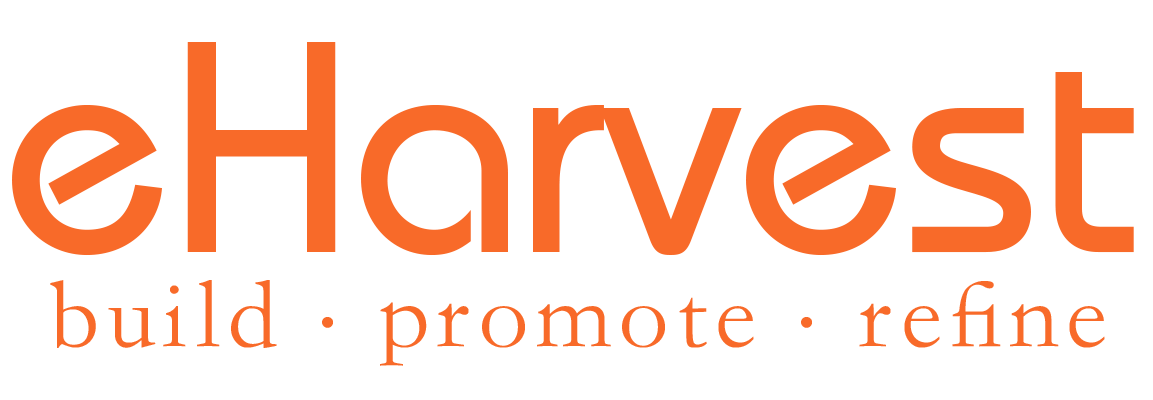The Story
In late 2015, one of our clients has decided to move their online store away from high maintenance custom coded SilverStripe platform. Apart from steering away from expensive ongoing maintenance, there were quite a few functionality requests that led to no other platform but Magento.
Firstly, an automated customer journey where a customer can be touch-based according to the time frame from their initial purchase: first impression, product review, feedback and birthday gifts, etc. On one hand, this helps engaging customers, on the other, it could benefit them remarkably in the area of product development.
Secondly, this client has a well established wholesale network nationwide, and they were hoping the web store could also tailor a wholesale section where resellers can log in and place orders as quick and easy as possible, without the ‘hassle’ of going through consumer faced product categories and listings.
Thirdly, as their business started to expand they are planning to integrate web store with inventory, accounting, the occasional usage of POS, and other marketplaces such as eBay. This could potentially cut down operation footprint dramatically because lots of human errors were happening when each of the sales channels had to be managed separately.
Last but not least, based on the fact that this client constantly develops new product lines, there will be a need to have part of their product categories to be rendered in a totally different front end design and its own branding guidelines. In layman’s term, we need multiple small websites to be hosted within a large website, while all of them should be managed in one place.
Features At a Glance
- Payment options: retail has PayPal, AfterPay and Credit Card, wholesale has PO as an additional option.
- Integrated eCommerce and email marketing.
- Customer journey such as welcome emails, abandoned cart follow up, purchase follow up, product review requests, birthday gifts, etc.
- Multiple store views for products to be sold separately, each store view has its own front-end design.
- Ajax cart for a smooth/non-interruptive shopping experience.
- Simplified checkout to reduce the chances of abandoned carts
- Quick product view improves engagement.
- Customised enquiry forms with enquiry records.
- Catalogue price rules, shopping cart price rules and coupon codes together create unlimited promotional ideas.
- Store locator to find registered resellers nationwide.
- Dedicated hosting.

